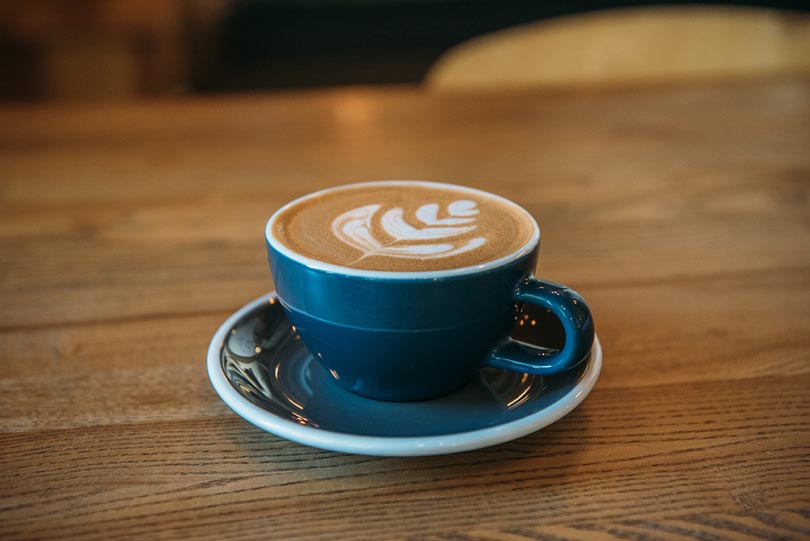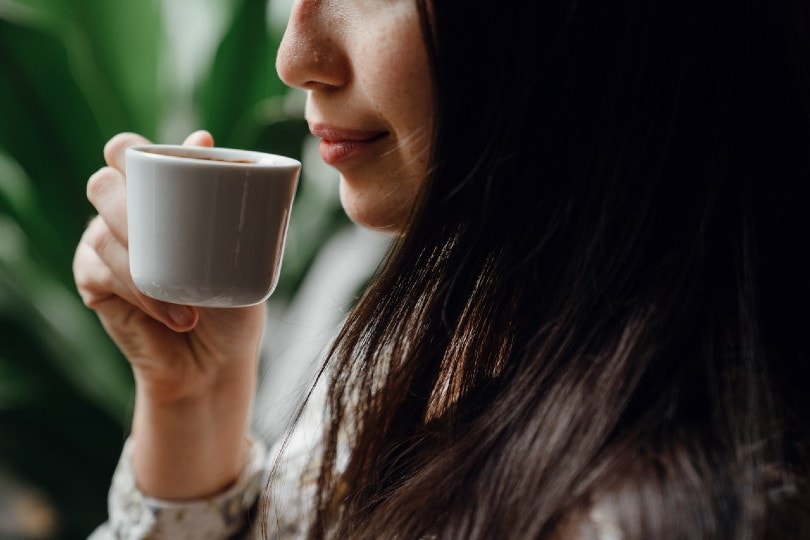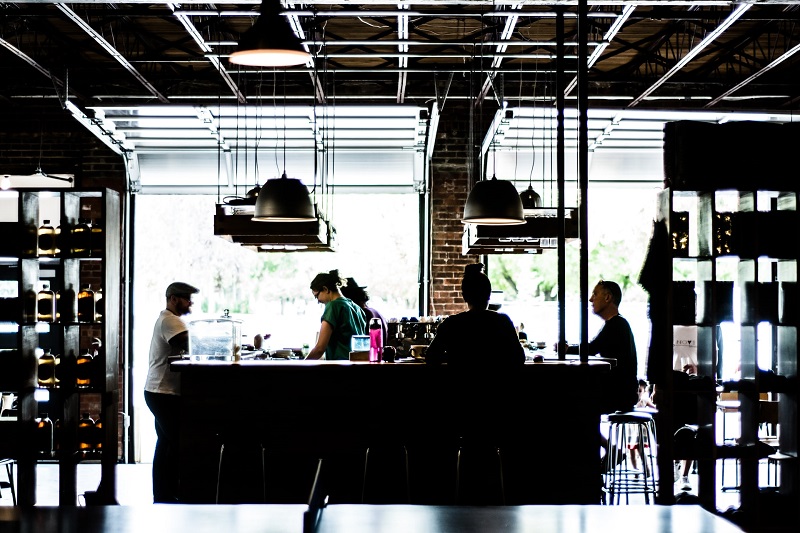
Osteoporosis is a serious health condition that causes degradation and weakening of the bones. The condition develops slowly, and the first sign that a person has osteoporosis is when a person fractures a bone following a seemingly innocuous fall. The condition does not usually cause pain except following a fracture, but even a sneeze can lead to broken bones in serious instances.
Osteoporosis can affect men and women, and while it is more common in older people, it can present in people of all ages. Treatment includes pain management for fractures and medicines to help strengthen the bones, but certain lifestyle changes can also help combat and even prevent the condition.
When it comes to caffeine and coffee intake, the results of studies are mostly inconclusive, but there is some evidence to suggest that elevated caffeine intake may cause the loss of bone minerals in postmenopausal women. Experts state that moderate consumption (up to 300 milligrams of caffeine per day) should not be bad for osteoporosis as long as the individual consumes enough calcium in their daily diet. However, levels as high as 800 milligrams of caffeine per day may weaken the bones further.

How Does Osteoporosis Affect Bones?
Osteoporosis means that bone density or bone mass is reduced. This means that bones are not as strong as they once were, and it leads to bones being brittle and easy to break. It is called a silent disease because many sufferers are not aware that they have the condition until they break a bone.

Who Is at Risk?
The disease can affect men and women of all ages and nationalities. However, women are at greater risk of developing osteoporosis and are especially prone following menopause. Older men are also more likely to develop osteoporosis.
Symptoms
Osteoporosis is a silent disease, which means that many sufferers do not experience symptoms until they break a bone or until the vertebrae collapse. The main symptom is that bones break more easily. Sufferers may find that they break bones, typically the wrist or hip, after minor falls. In extreme cases, even jerking reactions can lead to broken bones.
Treatment
Treatment is limited to pain management to help alleviate the pain associated with fractured bones and medications and drugs designed to strengthen the bones. Doctors also recommend physical exercise and adopting some lifestyle changes that can help combat or at least minimize the risks associated with the condition.

Lifestyle Changes
Some lifestyle changes can help manage osteoporosis and also minimize the risk of developing the disease.
- Smokers should quit smoking and should try to avoid second-hand smoke.
- Minimize alcohol consumption to one drink a day for women or two drinks a day for men.
- Take vitamin D and calcium supplements to help strengthen bones and mitigate calcium loss.
- Exercise safely but regularly. Although exercise in older people will not help improve bone density, it can build the muscles around weakened joints while also improving coordination and balance. Avoid high-impact exercise because this could lead to fractures.
Daily Caffeine Intake
Results of studies on caffeine and its effects on bone mineralization in osteoporosis sufferers are inconclusive, but experts advise that sufferers should limit their caffeine intake because limited studies have shown that, in postmenopausal women especially, consumption of 800 milligrams of caffeine per day can greatly reduce calcium intake, which will lead to a degradation of bone density and an increase in bone frailty. This amount of caffeine is approximately 8 cups of brewed coffee per day.

How to Reduce Caffeine Intake
If you do drink 800 milligrams of caffeine or more per day, it can seem difficult to reduce your intake.
- Start slowly and cut down by 1 cup per day to prevent nasty withdrawal symptoms. After a few days, you can cut out another cup, and keep repeating this process until your consumption is at or around the recommended 300 milligrams of caffeine per day.
- Alternatively, you can switch some of your cups of coffee to decaffeinated brews instead. Decaffeinated coffee still contains some caffeine, but the levels are a fraction of those in fully caffeinated drinks.
- Avoid highly caffeinated energy drinks and check the caffeine levels in any soda that you consume. Even cola drinks contain caffeine, and this adds to the total amount you consume each day.
- Tea naturally contains less caffeine than coffee, and green tea contains even less than black tea. Try changing some of your coffee drinks to green tea or black tea. Herbal teas typically contain no caffeine whatsoever, so these are also a good alternative.

Conclusion
Osteoporosis is a debilitating condition that can cause bones to fracture more easily, leading to considerable pain. Although it is more common in postmenopausal women, it can develop in men and women of any age. Treatment includes pain medication when bones fracture and medications that are designed to strengthen bones and typically contain vitamin D and calcium.
Although studies are largely inconclusive on the intake of caffeine and its effects on the condition, it’s generally recommended that sufferers and those looking to reduce the likelihood of developing osteoporosis should limit their caffeine intake to 300 milligrams of caffeine every day. Reduce your caffeine levels by drinking fewer cups of coffee, swapping some of your cups to decaffeinated, or consuming drinks like tea and green tea instead of brewed coffee and caffeinated energy drinks.
- Interesting Read: Is Coffee Bad for Your Thyroid? What to Know!
Featured Image Credit: jordaneil, Shutterstock
















